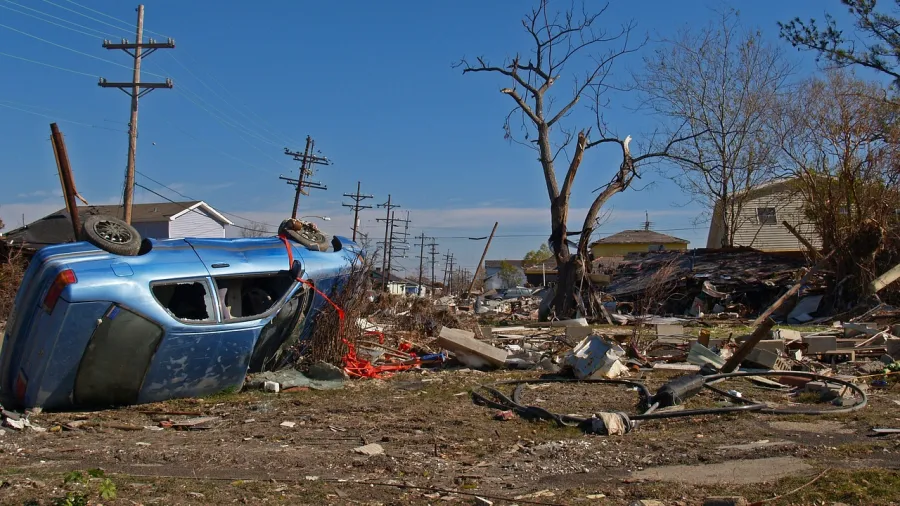
Natural catastrophes drive insured losses to record levels in 2023 – Swiss Re
Insured losses in the year alone have surpassed $100b, driven by thunderstorms.
In 2023, natural catastrophes are poised to set multiple loss records once again, with insured losses surpassing $100b, according to estimates from the Swiss Re Institute.
This significant loss is primarily attributed to severe thunderstorms (severe convective storms, SCS), marking the first time such storms have caused such extensive industry-wide losses.
Losses from severe thunderstorms have seen a steady annual increase of 7% over the last 30 years. In 2023, these losses have spiked by almost 90% compared to the previous 5-year average ($32b), more than doubling the previous 10-year average ($27b).
The US, due to its geographical location, is particularly susceptible to severe thunderstorms. In 2023, insured losses from U.S. severe convective storm activity exceeded $50b for the first time, with 18 events causing losses of $1b and above.
Europe has also witnessed a rise in insured losses from severe thunderstorms, with Italy experiencing the costliest natural catastrophe-related insured losses ever at over $3.3b.
ALSO READ: Asia’s economic loss due to natural catastrophes reached $5.39b: Gallagher Re
In addition to severe thunderstorms, 2023 has seen hurricanes, floods, wildfires, and earthquakes contributing to the natural catastrophe losses.
Hurricane Otis is predicted to become the costliest insured event in Mexico, floods and cyclones have led to the highest weather-related insured losses ever in New Zealand, and wildfires on Maui are estimated to be the costliest insured loss event ever for Hawaii ($3.5b).
Urban development, wealth accumulation in disaster-prone areas, and inflation are identified as key factors driving the escalating losses from extreme weather events. The effects of climate change are becoming increasingly evident, with 2023 expected to be the warmest year on record.
The earthquake in Turkey and Syria stands out as the costliest natural catastrophe in 2023, with insured losses amounting to $6b. The earthquake in Morocco, the strongest since 1900, underscores the importance of including rural areas in preventative efforts to enhance resilience against large-scale losses.



















 Advertise
Advertise







